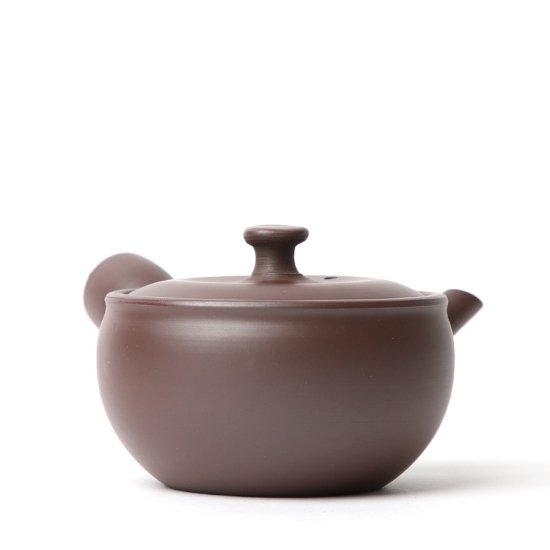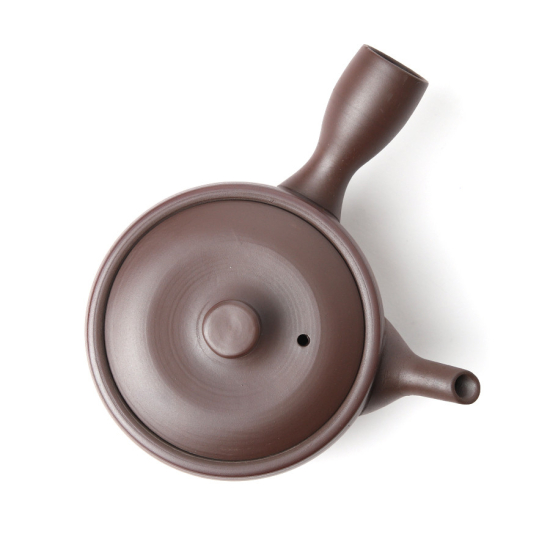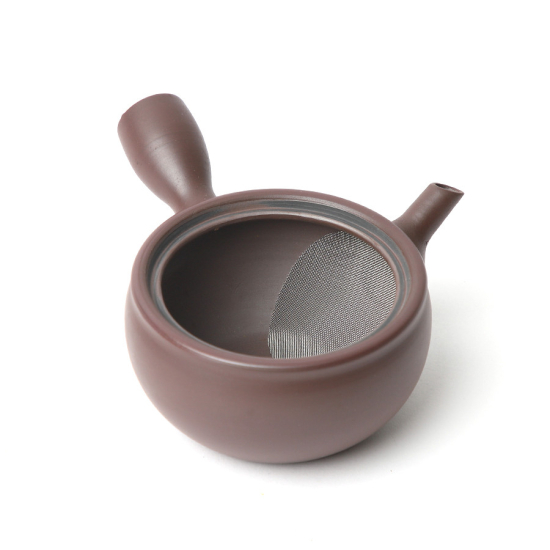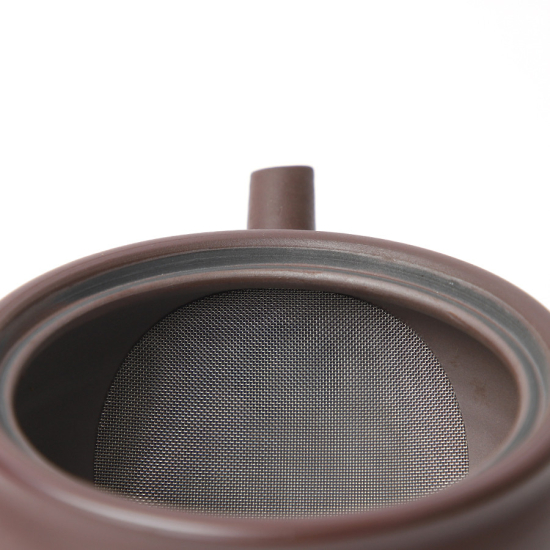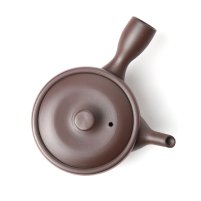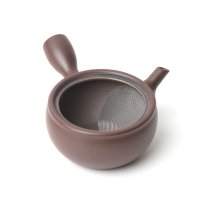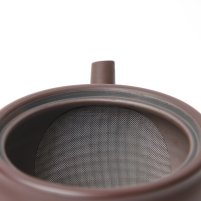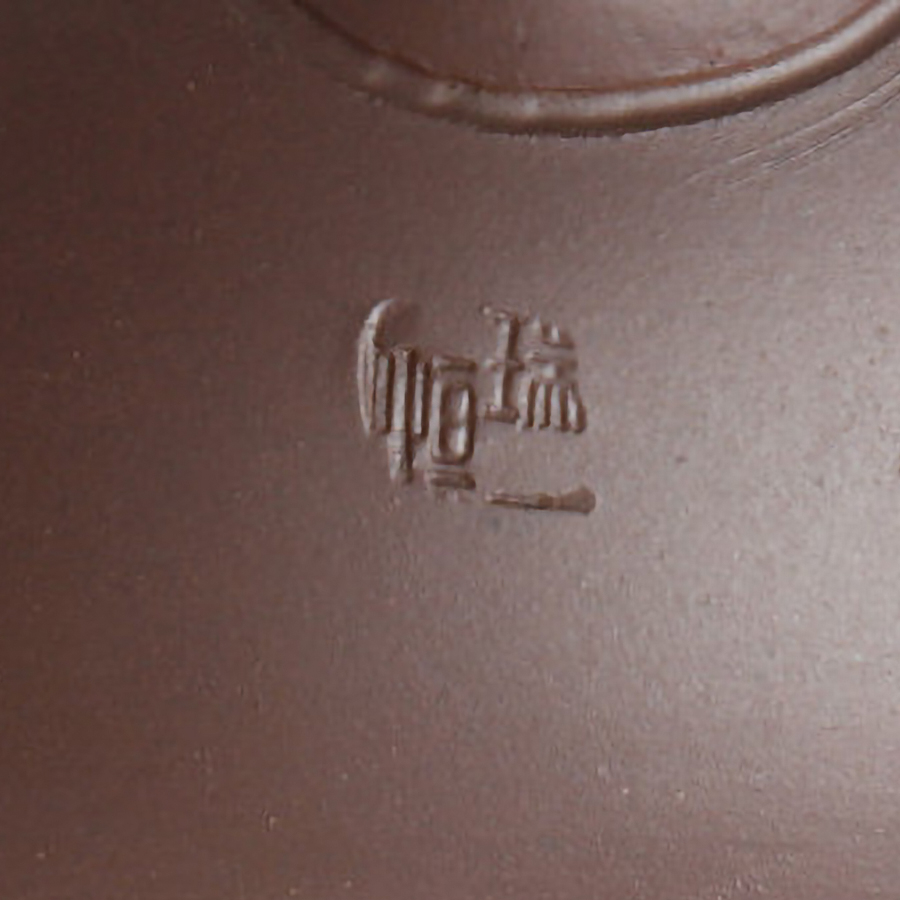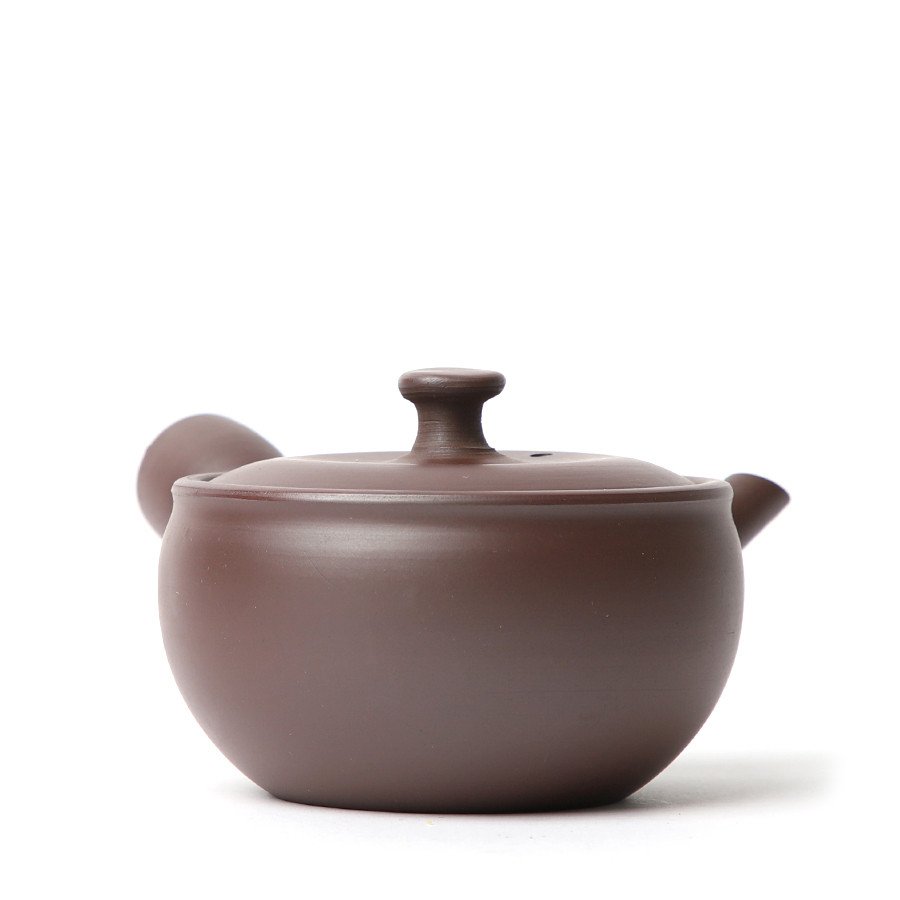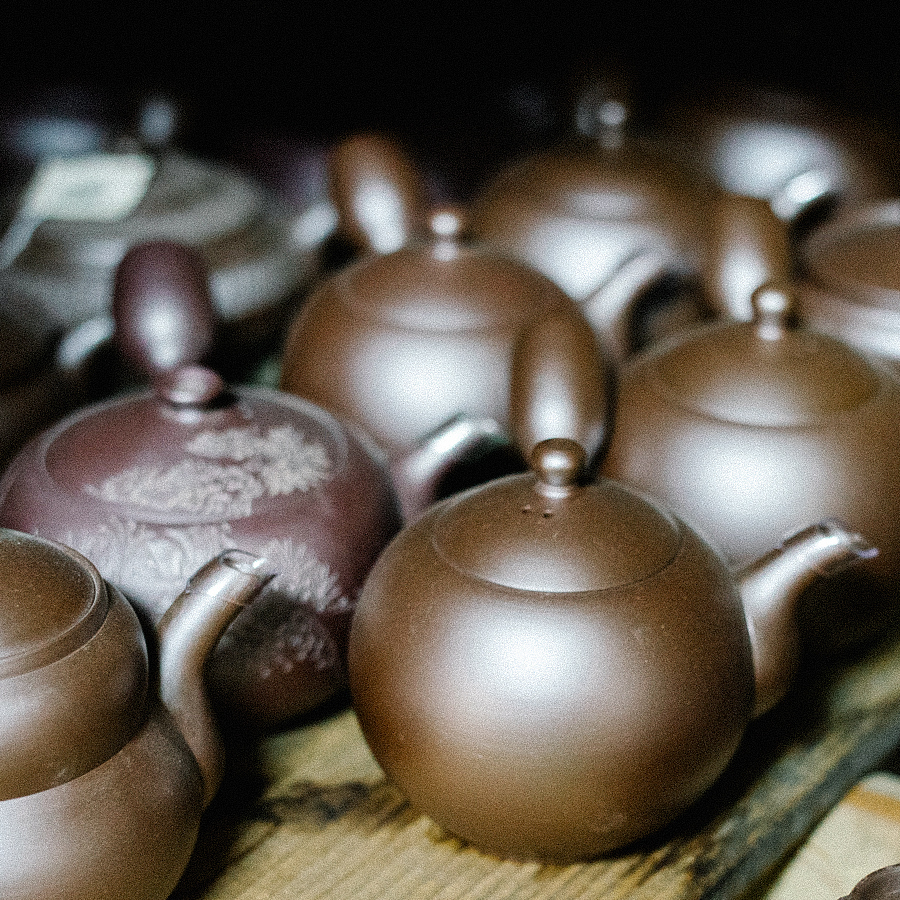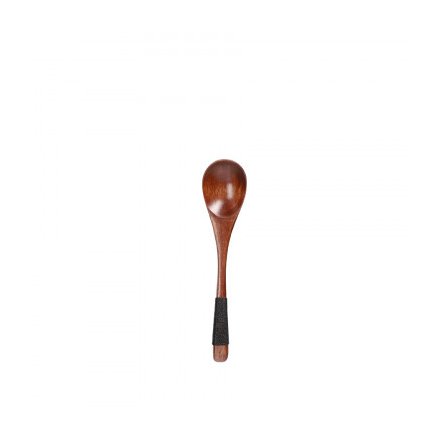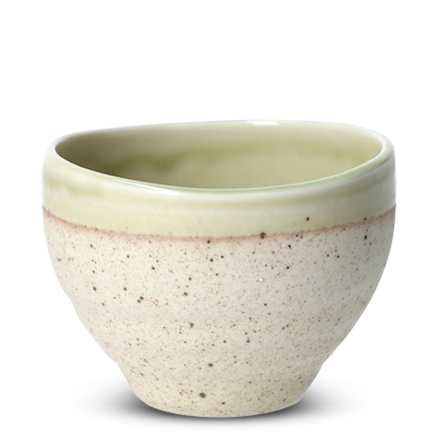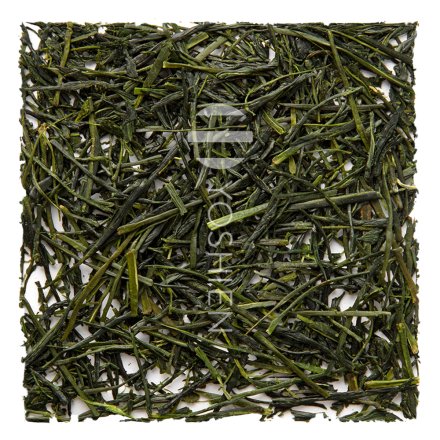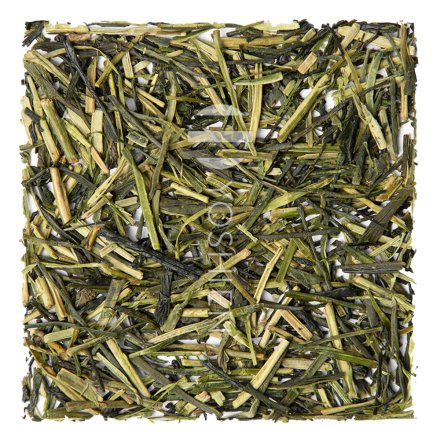Shidei banko will quickly develop a patina and become more glossy with use. It is natural that fingerprints will stand out on the surface in the first few months but these will begin to subside as the surface starts to develop a deep lustre. When cleaning, only use water and a soft cloth, then leave to air dry naturally. Do not use detergents or put in the dishwasher. Hard water may cause limescale deposits to develop, in which case rinse with soft bottled water, then wipe with a soft cloth.
Banko Kyusu
Hirawan Muji 平ワン無地
Studio Tozan
SKU
5221
Made at the historic Tōzan kiln in Yokkaichi, this unadorned Banko-yaki teapot has a classic purple-brown tone. Enjoy brewing enough tea for three with the larger Hira-wan Muji – an excellent everyday or entry-level model that brings out the sweetness of green teas.
| Type | Side-handle Banko-yaki kyusu |
| Origin | Yokkaichi, Mie Prefecture, Japan |
| Maker | Tōzan |
| Volume | 240ml |
| Dimensions | Ø9.5 x 5.2cm |
| Material | Ceramic |
| Decoration | - |
| Finish | Unglazed (yakishime) |
| Manufacture | Assembled by hand |
| Strainer | Fixed stainless steel strainer at spout |
| Artist's Stamp | On base |
| Packaging | Box |
In stock



